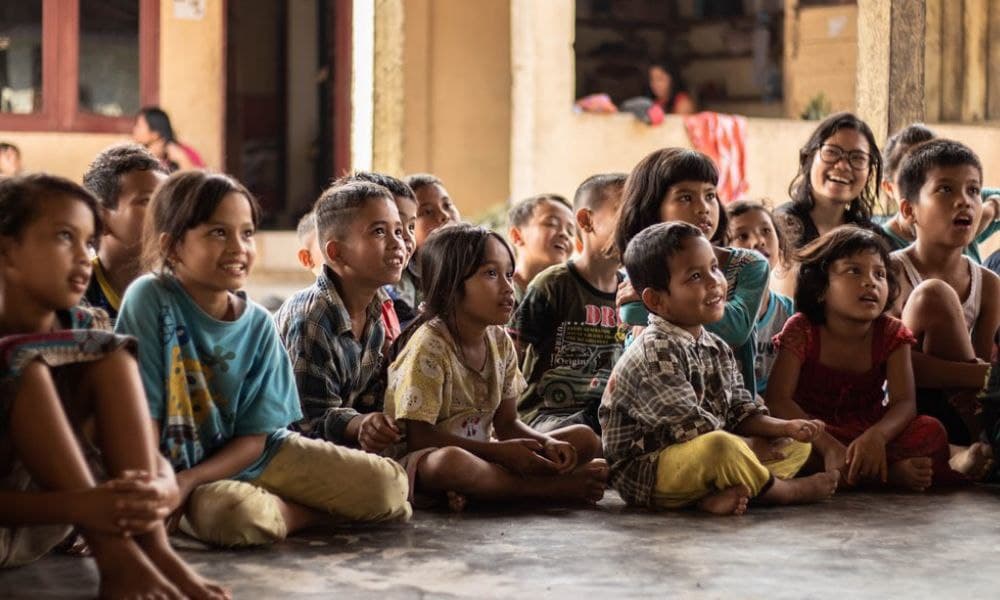
Image Credit: Unsplash
Delhi Government Formulates Policy To Define Street Children
Writer: Madhusree Goswami
A mountain girl trying to make it big in the city. She loves to travel and explore and hence keen on doing on-ground stories. Giving the crux of the matter through her editing skills is her way to pay back the journalism its due credit.
Delhi, 15 July 2021 10:30 AM GMT
Editor : Ankita Singh |
A literature lover who likes delving deeper into a wide range of societal issues and expresses her opinions about the same. Keeps looking for best-read recommendations while enjoying her coffee and tea.
Creatives : Madhusree Goswami
A mountain girl trying to make it big in the city. She loves to travel and explore and hence keen on doing on-ground stories. Giving the crux of the matter through her editing skills is her way to pay back the journalism its due credit.
Children who have run away from their family and are living on the streets, or living with a family on the streets; or children who work on the street and go back to a family after work, are to be considered street children.
The Department of Women and Child development (WCD) in Delhi has come up with a policy to define street children. Called SAMPARC (sustainable approach for multi-faceted progress aimed at reclaiming childhood), the policy could impact nearly 70,000 children in the capital, according to the WCD department.
Rajendra Pal Gautam, Delhi's WCD minister, said the new guidelines attempt to define street children. He elaborated that children who have run away from their family and are living on the streets, or living with a family on the streets; or children who work on the street and go back to a family after work, are to be considered street children.
'Train These Children As Civil Defence Volunteers
"The Arvind Kejriwal government believes in proper education and development of all children. I have also ordered the officers to ensure children living in shelter homes get good facilities and that no child's education suffers due to lack of resources," he added.
The guidelines also suggest that district administration could consider training the children rescued from streets (on attaining the age of 18 years) as a civil defence volunteer, since it will provide them respectable employment, and they, owing to their own experience, and can also assist many other children who come from a similar background.
Legal Action
The guidelines empower child welfare committees (CWCs) to take legal action against parents who are making their children beg, with criminal or commercial intent. It also encourages the direct participation of civil society organisations and highlights their role in identifying hotspot areas and distributing masks among them. About 60,000 to 70,000 children in Delhi are estimated to be surviving in "street-like" situations. This includes those who live with families on roadsides or in temporary huts.
The guideline also proposes the composition of District Child Protection Convergence Committee (DCPCC) over and above the District Task Force for rescuing children. The DCPCC will have the district magistrate as chairperson alongwith other members, including two from NGOs and the Delhi Commission for Protection of Child Rights representatives.
Also Read: NTPC To Construct India's Largest Solar Park In Rann Of Kutch
 All section
All section














